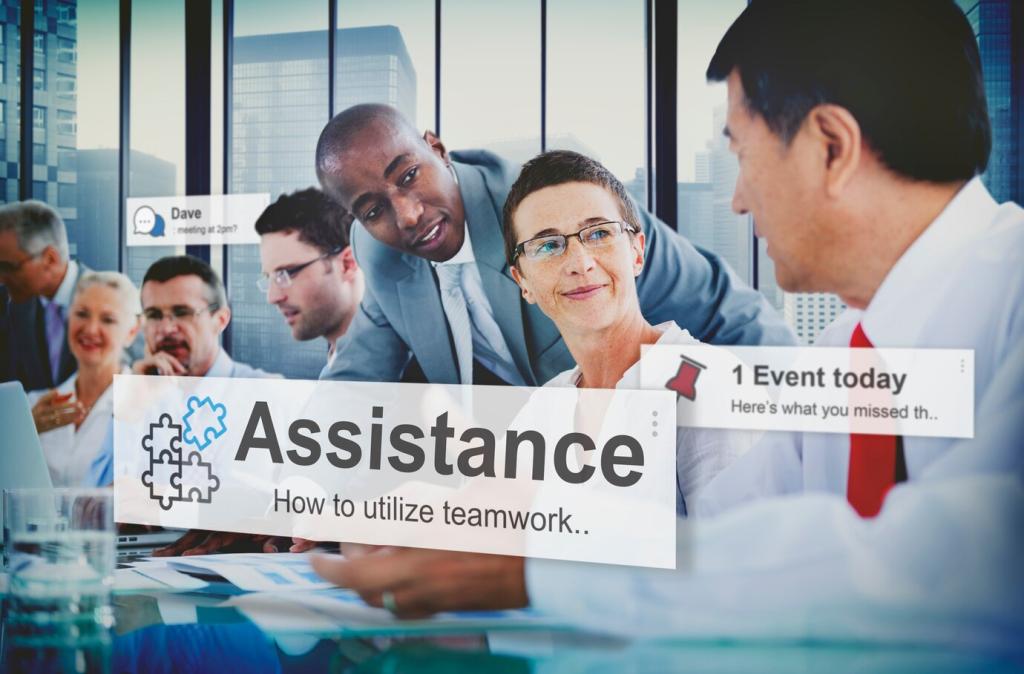Measuring What Matters: SLAs, XLAs, and KPIs
Mean Time to Resolve shows operational health, but First Contact Resolution reveals practical efficiency at the edge. Aim for fewer handoffs and smarter triage, not just faster clocks. Segment by incident type to uncover hidden bottlenecks, then iterate runbooks accordingly. What metric do you trust most when arguing for process changes with stakeholders?
Measuring What Matters: SLAs, XLAs, and KPIs
XLAs track how users actually feel about support outcomes—confidence, friction, and trust. Tie sentiment to journey moments like device onboarding or password resets. When XLAs improve, adoption and productivity follow. Invite a pilot group to rate moments that matter this month, and commit to one small improvement every sprint. Share your first XLA candidate below.




